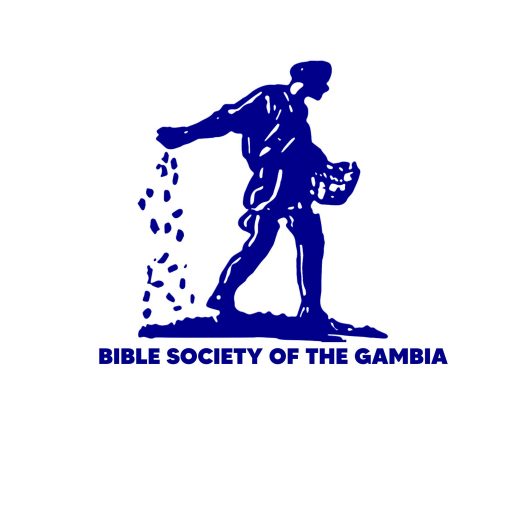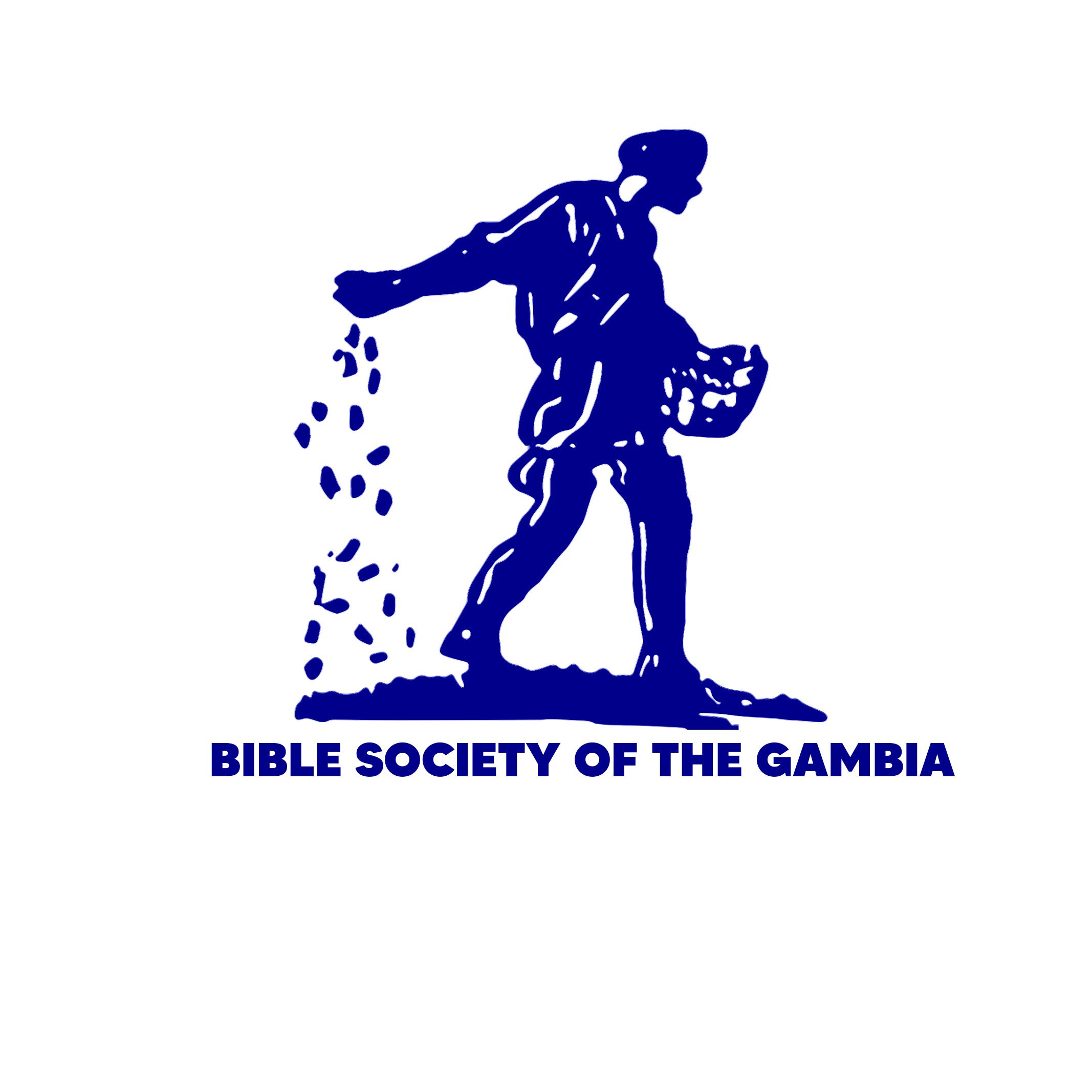Saul Tries To Have David Killed
1 One day, Saul told his son Jonathan and his officers to kill David. But Jonathan and David were best friends, 2-3 and he warned David, “My father is trying to have you killed, so be very careful. Hide in a field tomorrow morning, and I'll bring him there. Then I'll talk to him about you, and if I find out anything, I'll let you know.”
4-5 The next morning, Jonathan reminded Saul about the many good things David had done for him. Then he said, “Why do you want to kill David? He hasn't done anything to you. He has served in your army and has always done what's best for you. He even risked his life to kill Goliath. The Lord helped Israel win a great victory that day, and it made you happy.”
6 Saul agreed and promised, “I swear by the living Lord that I won't have David killed!”
7 Jonathan went to David and told him what Saul had said. Then he brought David to Saul, and David served in Saul's army just as he had done before.
8 The next time there was a war with the Philistines, David fought hard and forced them to retreat.
Michal Helps David Escape
9-10 One night, David was in Saul's home, playing the harp for him. Saul was sitting there, holding a spear, when an evil spirit from the Lord took control of him. Saul tried to pin David to the wall with the spear, but David dodged, and it stuck in the wall. David ran out of the house and escaped.
11 Saul sent guards to watch David's house all night and then to kill him in the morning.
Michal, David's wife, told him, “If you don't escape tonight, they'll kill you tomorrow!” 12 She helped David leave through a window and climb down to the ground. As David ran off, 13 Michal put a statue in his bed. She put goat hair on its head and dressed it in some of David's clothes.
14 The next morning, Saul sent guards to arrest David. But Michal told them, “David is sick.”
15 Saul sent the guards back and told them, “Bring David to me—bed and all—so I can kill him.”
16 When the guards went in, all they found in the bed was the statue with the goat hair on its head.
17 “Why have you tricked me this way?” Saul asked Michal. “You helped my enemy get away!”
She answered, “He said he would kill me if I didn't help him escape!”
Samuel Helps David Escape
18 Meanwhile, David went to Samuel at Ramah and told him what Saul had done. Then Samuel and David went to Prophets Village and stayed there.
19 Someone told Saul, “David is at Prophets Village in Ramah.”
20 Saul sent a few soldiers to bring David back. They went to Ramah and found Samuel in charge of a group of prophets who were all prophesying. Then the Spirit of God took control of the soldiers and they started prophesying too.
21 When Saul heard what had happened, he sent some more soldiers, but they prophesied just like the first group. He sent a third group of soldiers, but the same thing happened to them. 22 Finally, Saul left for Ramah himself. He went as far as the deep pit at the town of Secu, and he asked, “Where are Samuel and David?”
“At Prophets Village in Ramah,” the people answered.
23 Saul left for Ramah. But as he walked along, the Spirit of God took control of him, and he started prophesying. Then, when he reached Prophets Village, 24 he stripped off his clothes and prophesied in front of Samuel. He dropped to the ground and lay there naked all that day and night. That's how the saying started, “Is Saul now a prophet?”
Sawulu lafita ka Dawuda faa
1 Sawulu diyaamuta a dinkewo Yonatani niŋ a la dookuulaalu bee ye ko, feere le ñanta ke la Dawuda la kuwo to. Bari Sawulu dinkewo Yonatani ye Dawuda kanu baake le. 2 Bituŋ Yonatani ko Dawuda ye ko, “M faamaa lafita i faa la le. Saama soomandaa i si i faŋo maabo dulaa kiideeriŋo to, i ye tu jee. 3 M be taa loo la m faamaa daala le kunkoo to, i be maaboriŋ daameŋ, aduŋ m be i la kuwo fo la a ye le. Niŋ ŋa kuu-wo-kuu soto a bulu, m be i kalamutandi la a la le.”
4 Yonatani ye Dawuda jayi a faa Sawulu ye, aduŋ a ko, “Baabaa, kana kuu jawoo ke i la dookuulaa Dawuda la. A nene maŋ kuu jawoo ke i la muumeeke. A ye feŋ-wo-feŋ ke ite ye nuŋ, wo keta i ye maakoyiri baa le ti. 5 A ye a niyo laa le, kabiriŋ a ye Filisitinkoolu la kelejawaroo faa. Yaawe* ye kañee baa le ke Banisirayilankoolu bee ye, i ye a je, aduŋ i kontaanita le. Silaŋ, muŋ ne ye a tinna, i be kuu jawoo ke la moo kendoo la, meŋ be ko Dawuda, ka a faa, i maŋ daliila soto?”
6 Sawulu ye i lamoyi Yonatani la le. A naata kali ñiŋ na ko, “A be koyiriŋ ñaameŋ ko Yaawe be baluuriŋ ne, m maŋ taa Dawuda faa la.” 7 Wo to le Yonatani ye Dawuda kumandi, a ye a bee fo a ye. Bituŋ a naata a samba Sawulu yaa, a ye dookuwo ke a ye, ko a ka a ke nuŋ ñaameŋ.
8 Keloo wulita kotenke. Dawuda ye Filisitinkoolu boyinkaŋ, aduŋ a ye ì noo kendeke le, fo ì borita.
9 Bari noora jawoo meŋ bota naŋ Yaawe yaa, naata jii Sawulu kaŋ, kabiriŋ a be siiriŋ a la buŋo kono, a la sooroo be a buloo kono. Dawuda be a la kontiŋo kosi kaŋ, 10 Sawulu ye a kata ka a soo bumbaloo bala niŋ a la sooroo la. Bari Dawuda ka jenke a ye le, niŋ Sawulu ye sooroo fayi bumbaloo bala. Wo suutoo le Dawuda kanata.
11 Sawulu ye kewolu kii Dawuda la buŋo to, ka taa a juubee, fo soomandaa ì si a faa. Bari Dawuda la musoo Mikali ye a dandalaa le ko, “Niŋ i maŋ bori i niyo la bii suutoo, saama ì be i faa la le.” 12 Bituŋ Mikali ye Dawuda sawundi niŋ palanteeroo la, a borita, a naata kana. 13 Wo to le Mikali ye jalaŋo taa, a ye a landi laaraŋo kaŋ, a ye a biti niŋ dendikoo la, bituŋ a ye baatiyo doo ke a kuŋo to. 14 Kabiriŋ Sawulu ye kewolu kii ka taa Dawuda muta, Mikali ko, “A saasaata le.” 15 Wo to le Sawulu ye kewolu murundi ka taa Dawuda juubee, aduŋ a ko ì ye le ko, “Ali a sika naŋ a la laaraŋo kaŋ, ali ye a samba n ye naŋ, fo n si a faa.” 16 Bari kabiriŋ ì dunta, ì ye jalaŋo le tara laaraŋo kaŋ, aduŋ a kuŋo bala baatiyo doo le tarata jee. 17 Sawulu ye Mikali ñininkaa ko, “Muŋ ne ye a tinna, i ye n neenee, ka n jawoo bula, a ye bori, a ye taa?” Mikali ye a jaabi ko, “A ko, a be m faa la le, niŋ m maŋ a maakoyi a ye kana.”
Dawuda borita ka taa Samuweli yaa
18 Kabiriŋ Dawuda kanata, a taata Samuweli le yaa Rama, ka taa kuwolu bee seyinkaŋ, Sawulu ye mennu ke a la. Bituŋ Dawuda niŋ Samuweli taata Nayoti, ì sabatita jee. 19 Ì ye a fo Sawulu ye le ko, “Dawuda be Nayoti le Rama saatewo kono.” 20 Bituŋ a ye kewolu kii ka taa a muta. Ì ye annabiyomu jamaa je, ì be Alla batoo la ko moolu mennu te ì faŋ bulu, aduŋ Samuweli le mu ì la ñaatonkoo ti. Bituŋ Yaawe la Nooroo jiita Sawulu la kewolu kaŋ, ì niŋ ì keta kiliŋo ti, ì be Alla batu kaŋ ko moolu mennu te ì faŋ bulu. 21 Kabiriŋ Sawulu ye ñiŋ moyi, a ye kiilaa doolu kii, aduŋ wolu fanaa ye a dati, ka Alla batu wo ñaa kiliŋo ñaama. A ye kiilaalu kii siiñaa sabanjaŋo, wolu fanaa ka tu wo kuu kiliŋo le ke la. 22 Bituŋ a faŋo ye i paree a taata Rama. Kabiriŋ a futata koloŋ baa to meŋ be Seku, a ye ñininkaaroo ke Samuweli niŋ Dawuda be daameŋ. Ì ko a ye ko, “Ì be Nayoti le Rama saatewo to.” 23 Kabiriŋ a be taa kaŋ jee, Alla la Nooroo jiita ate fanaa kaŋ, a ye Alla batu ko moo meŋ te a faŋ bulu fo Nayoti. 24 A ye a la duŋ feŋolu bondi le, a boyita Samuweli ñaatiliŋo la. Wo luŋo suutoo niŋ tiloo a kenseŋo le tuta jee. Ñiŋ naata ke moolu daakumoo ti ka a fo ko, “Fo Sawulu fanaa be annabiyomoolu kono le baŋ?”

